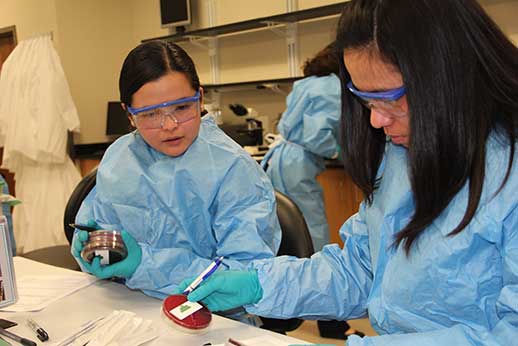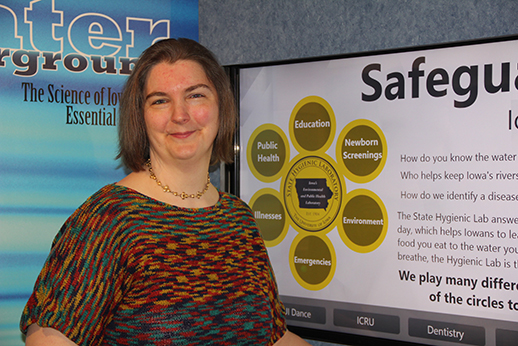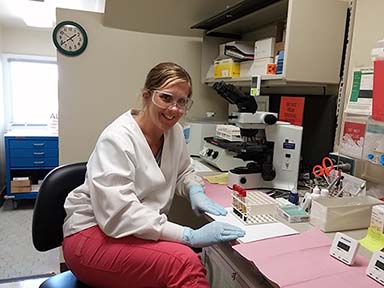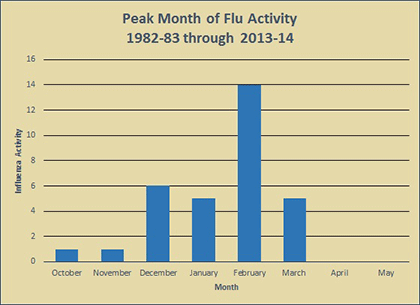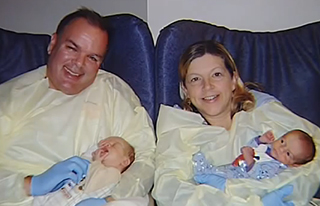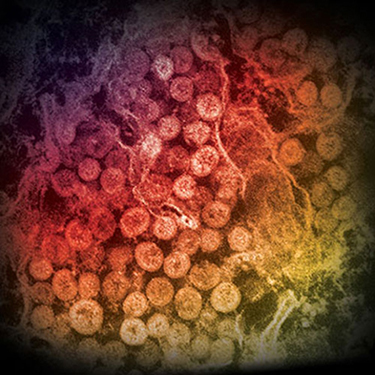
| Jan. 2016 | |||||||||||
| Top stories | |||||||||||
| In the news | |||||||||||
| Photos | |||||||||||
| Contact us | |||||||||||
| Archive | |||||||||||
|
Photo feature – A year in review |
The field of laboratory science saw many changes and achievements in 2015. Here’s a look at a few of these by Iowa’s environmental and public health laboratory.

